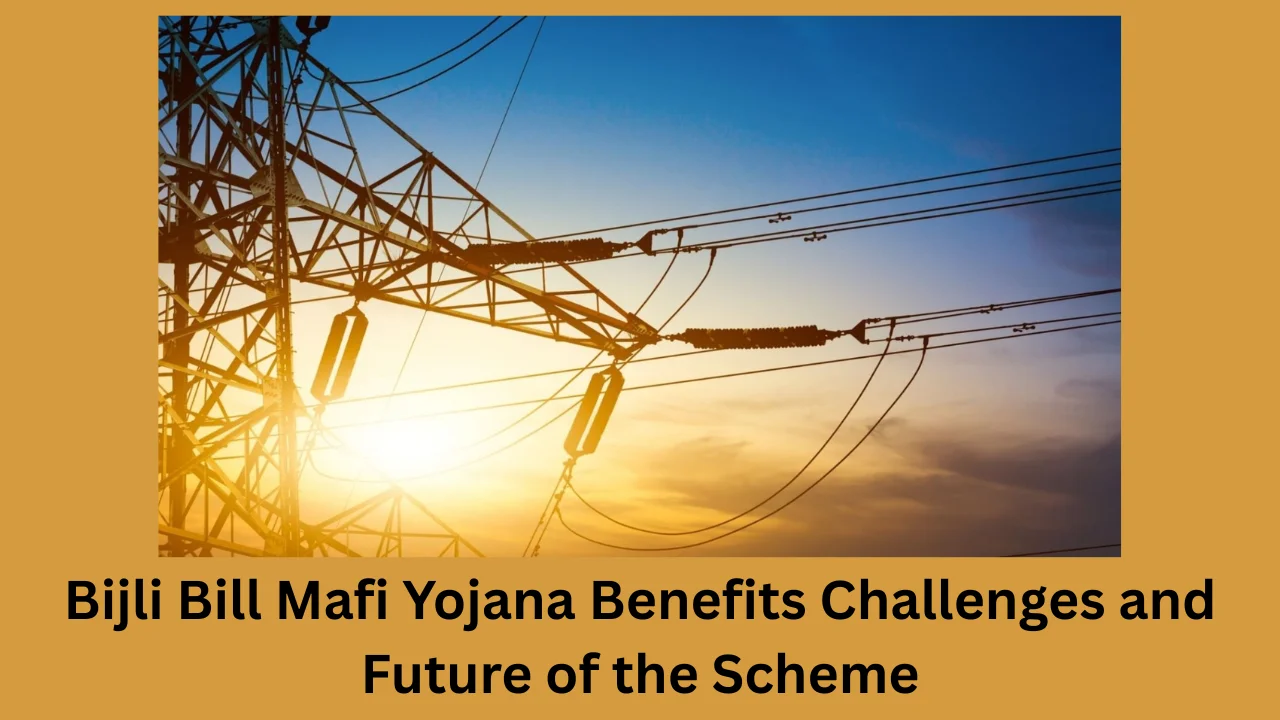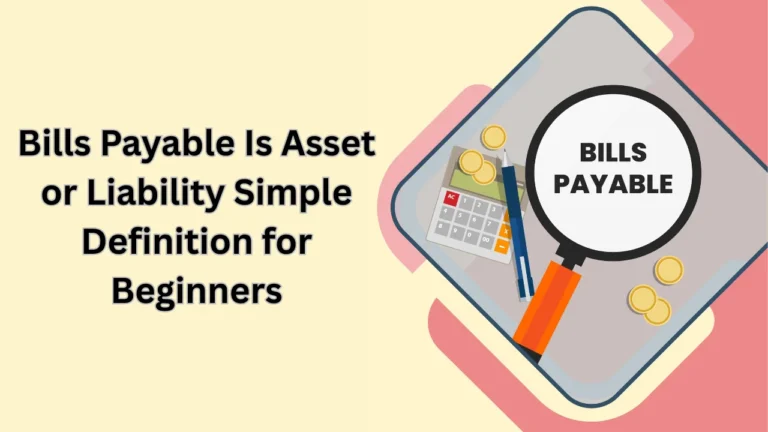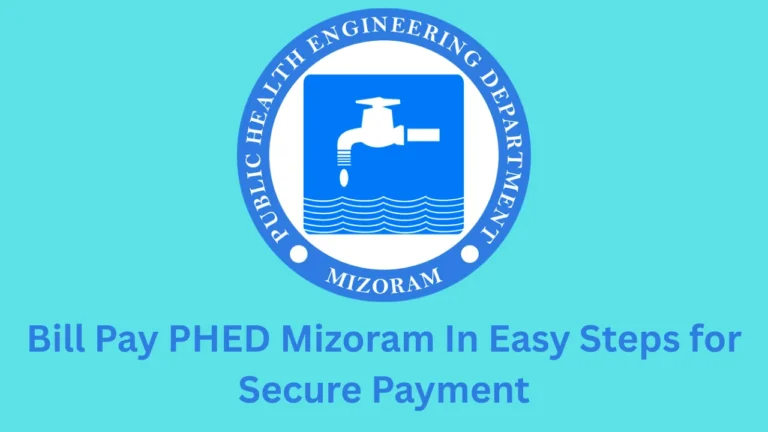Electricity is a daily necessity and its cost often burdens poor families. Just like zila sahkari bank balance check number helps people manage their finances, state governments in India bring schemes to reduce stress. Among these, the bijli bill mafi yojana has become a popular relief program. This article explains its features, benefits, eligibility, and application in a simple way so every reader can understand.
What is Bijli Bill Mafi Yojana?
The bijli bill mafi yojana is a government scheme designed to waive or reduce electricity bills for households. Different states like Uttar Pradesh, Haryana, Jharkhand, and Madhya Pradesh have implemented versions of this program. The goal is to support poor and middle-class families by reducing power bills or clearing past dues. This not only brings financial relief but also helps people access electricity without fear of disconnection.
The scheme generally applies to households with low electricity usage and limited income. State governments define their own rules, but the common feature is to help weaker families. By giving free or subsidized units, the plan ensures that no home remains in darkness because of unpaid bills.
Objectives of the Scheme
The main objective of the bijli bill mafi yojana is to make electricity affordable for every home. Many families struggle to pay high electricity charges and end up with large pending bills. The scheme helps them clear old dues while giving future relief.
Another goal is to encourage regular bill payments by removing the burden of old pending amounts. Governments want consumers to stay connected to the electricity grid without worrying about large arrears. It also builds trust between electricity boards and citizens.
Key Benefits of Bijli Bill Mafi Yojana
The scheme provides several important benefits. Families who fall under the eligibility criteria can enjoy these facilities:
Waiver of old pending bills for households that are unable to pay.
Free electricity up to a certain limit every month, often around 100–200 units depending on the state.
Reconnection of electricity supply for homes disconnected due to non-payment.
Relief for Below Poverty Line (BPL) families, farmers, and economically weaker households.
By offering these benefits, the scheme reduces financial stress and ensures uninterrupted electricity for daily needs.
Eligibility Criteria
Different states have different rules for the bijli bill mafi yojana. However, the most common eligibility conditions include:
The applicant must be a permanent resident of the state implementing the scheme.
The applicant must belong to the BPL category or be part of a low-income group.
The total load should generally not exceed 2 kW.
The household must use limited units of electricity every month to stay under the subsidy cap.
Families using heavy appliances like air conditioners and heaters may not qualify.
Documents Required
To apply for the bijli bill mafi yojana, households usually need to provide some documents. The required documents often include:
Aadhaar card for identity verification
Ration card for proof of BPL or poor family status
Electricity connection details and old bills
Residence proof such as voter ID or domicile certificate
These documents help the electricity department confirm that the applicant is eligible.
Application Process
The application process for the bijli bill mafi yojana can differ across states, but it usually follows these steps:
The applicant visits the official state electricity board website or local office.
The form is filled online or offline with required details like name, connection number, and load.
Necessary documents are uploaded or attached with the application form.
The electricity department verifies the details and approves the application if all conditions are met.
Some states also enroll eligible households automatically without the need for a separate application.
State-Wise Implementation
Different states in India run their own versions of the scheme. Here is a table showing examples of how it is applied:
| State | Free Units Offered | Special Benefits |
|---|---|---|
| Uttar Pradesh | 200 units per month | Waiver of old bills for small consumers |
| Jharkhand | 100 units per month | Relief for BPL and small farmers |
| Haryana | Pending bill waiver | Reconnection of cut-off supply |
| Madhya Pradesh | 150 units per month | Subsidy for poor households |
This shows that while the name is the same, details change from one state to another.
Financial Impact on Families
The bijli bill mafi yojana has a big impact on poor families. Many people were earlier forced to live without electricity due to huge unpaid bills. With the scheme, their old dues are cleared, and they can use electricity again.
Families now save money that can be used for food, education, and health. For farmers, this also reduces the cost of irrigation pumps and other agricultural equipment. The plan is more than just a subsidy; it is a lifeline for households struggling with poverty.
Financial awareness connects with other services
In the middle of this discussion, it is worth noting how financial awareness connects with other services. For example, checking electricity subsidies is similar to using the bank of maharashtra balance check number for easy financial updates. Both services help people manage their daily life without stress.
This highlights how important it is for households to be aware of such facilities. Just as banking tools simplify finance, the bijli bill mafi yojana makes electricity affordable.
Challenges in Implementation
While the scheme is beneficial, it also faces challenges. Many households are not aware of the eligibility process. Some rural families do not have proper documents to apply. Also, electricity boards sometimes struggle with the financial load of waiving bills.
Another issue is misuse by families who may not fall in the poor category but still apply for benefits. Governments need strict checks to ensure that only genuine households get relief.
Government Responsibility
State governments bear the cost of the bijli bill mafi yojana. They provide funds to electricity boards to cover waived bills and subsidies. This ensures that electricity companies do not suffer losses.
Governments also run awareness campaigns so more families can benefit. They create online portals, distribute forms, and set up help centers in rural areas. By doing so, they try to make the scheme successful.
Future of the Scheme
The future of the bijli bill mafi yojana looks promising. As states aim for 100% electrification, such schemes will continue to play an important role. More digital tools may be added for easier application and real-time tracking.
There is also a possibility of central government support for uniform benefits across states. This would ensure that every poor family in India gets electricity relief under the same rules.
Conclusion
The bijli bill mafi yojana is more than a financial program; it is a step towards equality and development. By reducing or waiving electricity bills, governments bring light into homes that once lived in darkness. Poor families save money, farmers reduce costs, and students get electricity for studies.
The scheme continues to expand and evolve across different states. Families who qualify must apply and take advantage of it. Just as financial services like balance check numbers guide banking, this scheme guides households to a better life.
With its long-term impact, the bijli bill mafi yojana will remain one of the most important welfare schemes in India. It shows how governments can make daily life easier for poor citizens by reducing essential costs.




